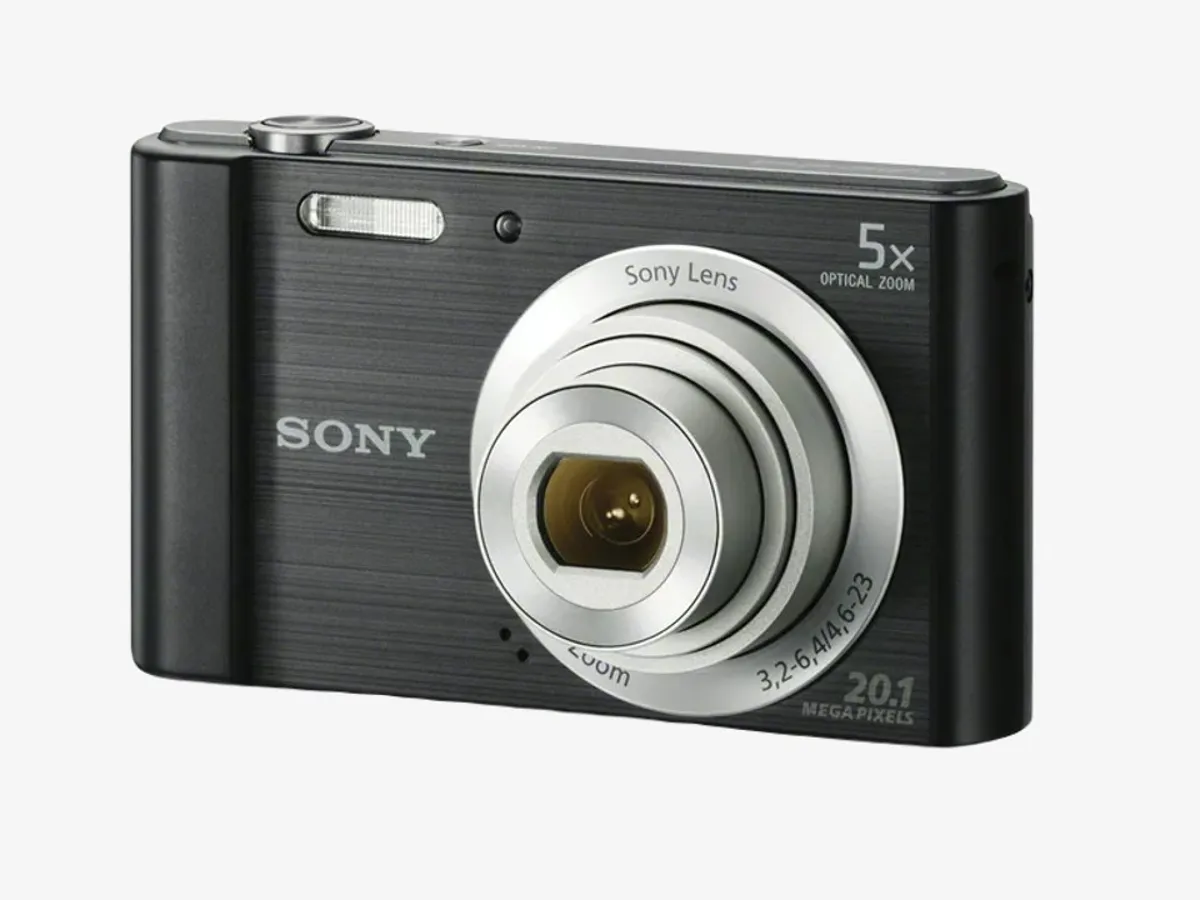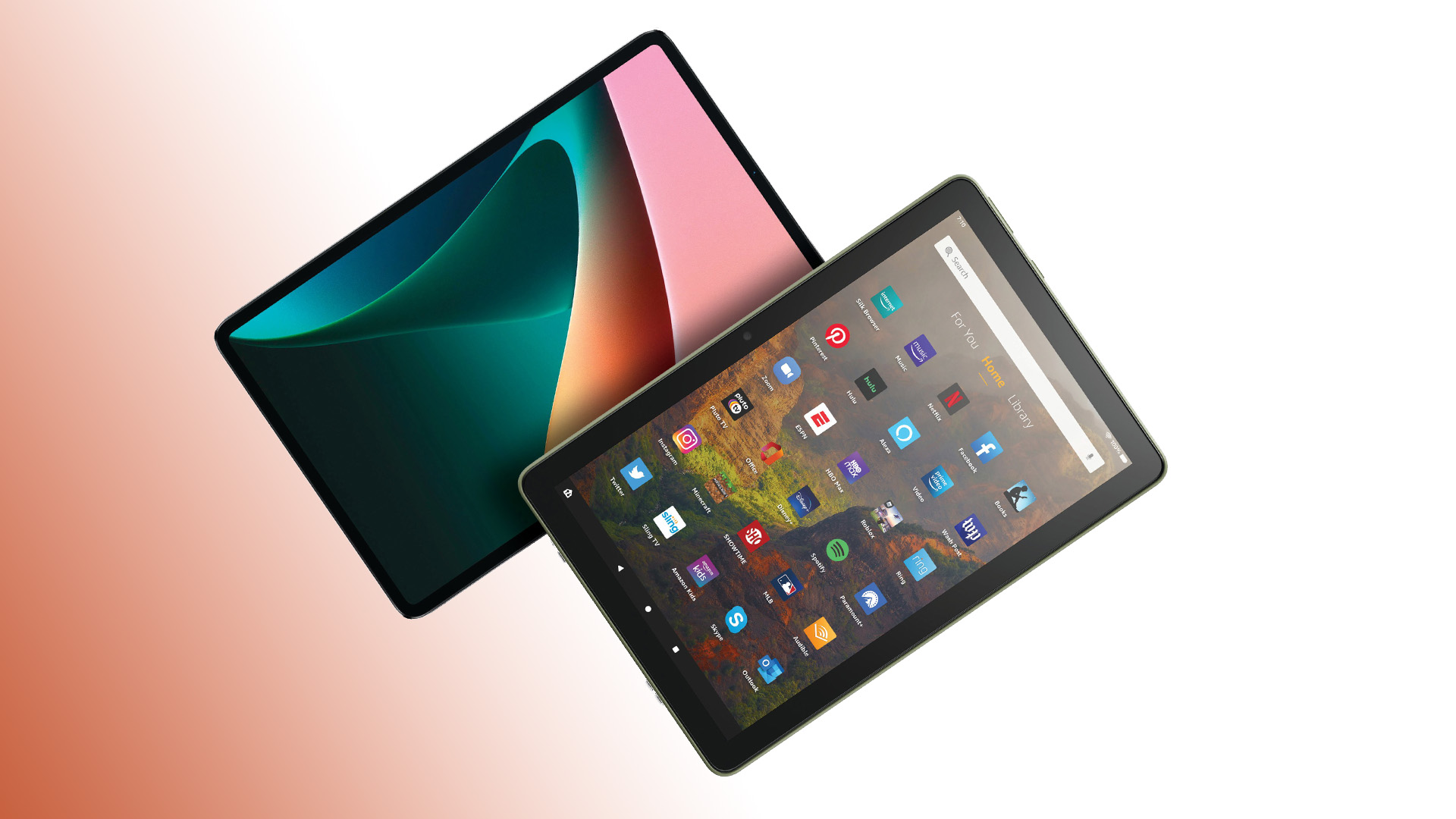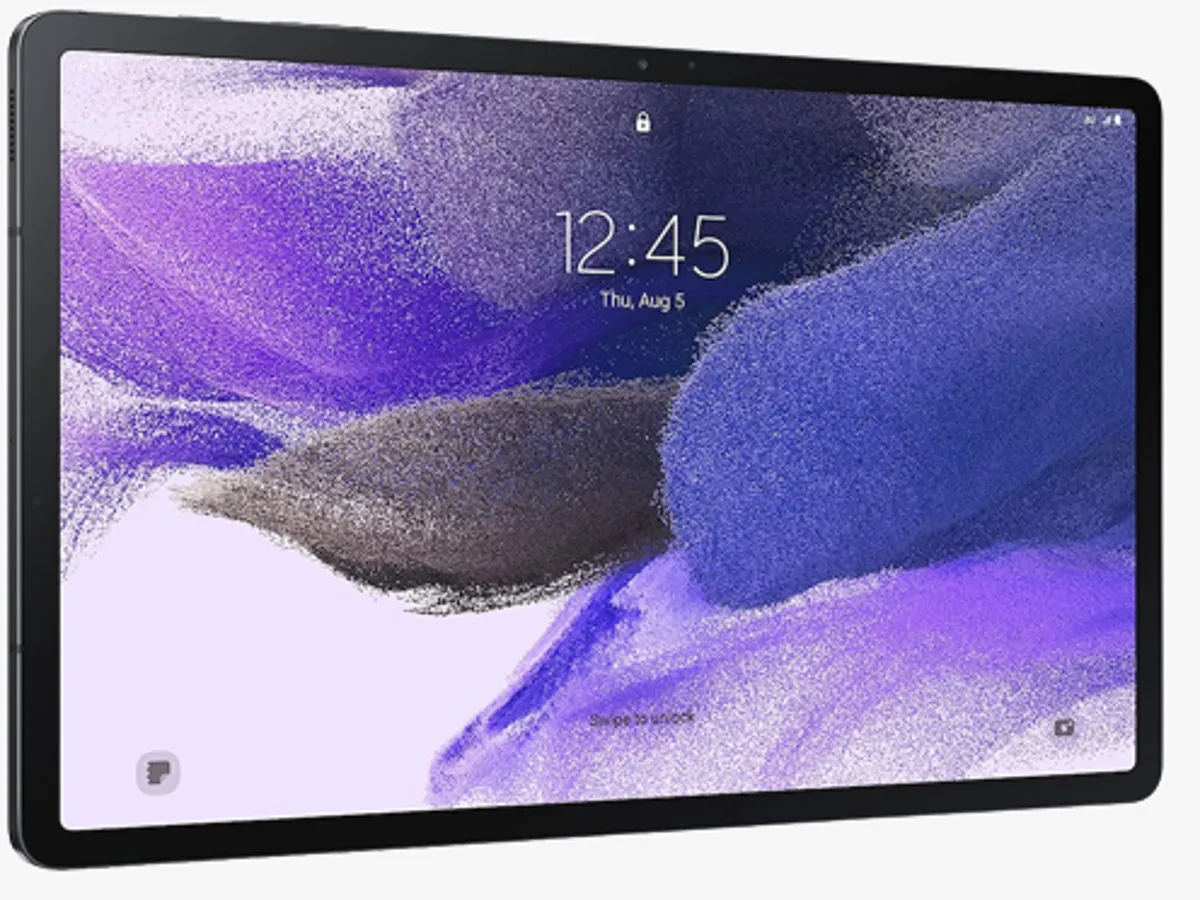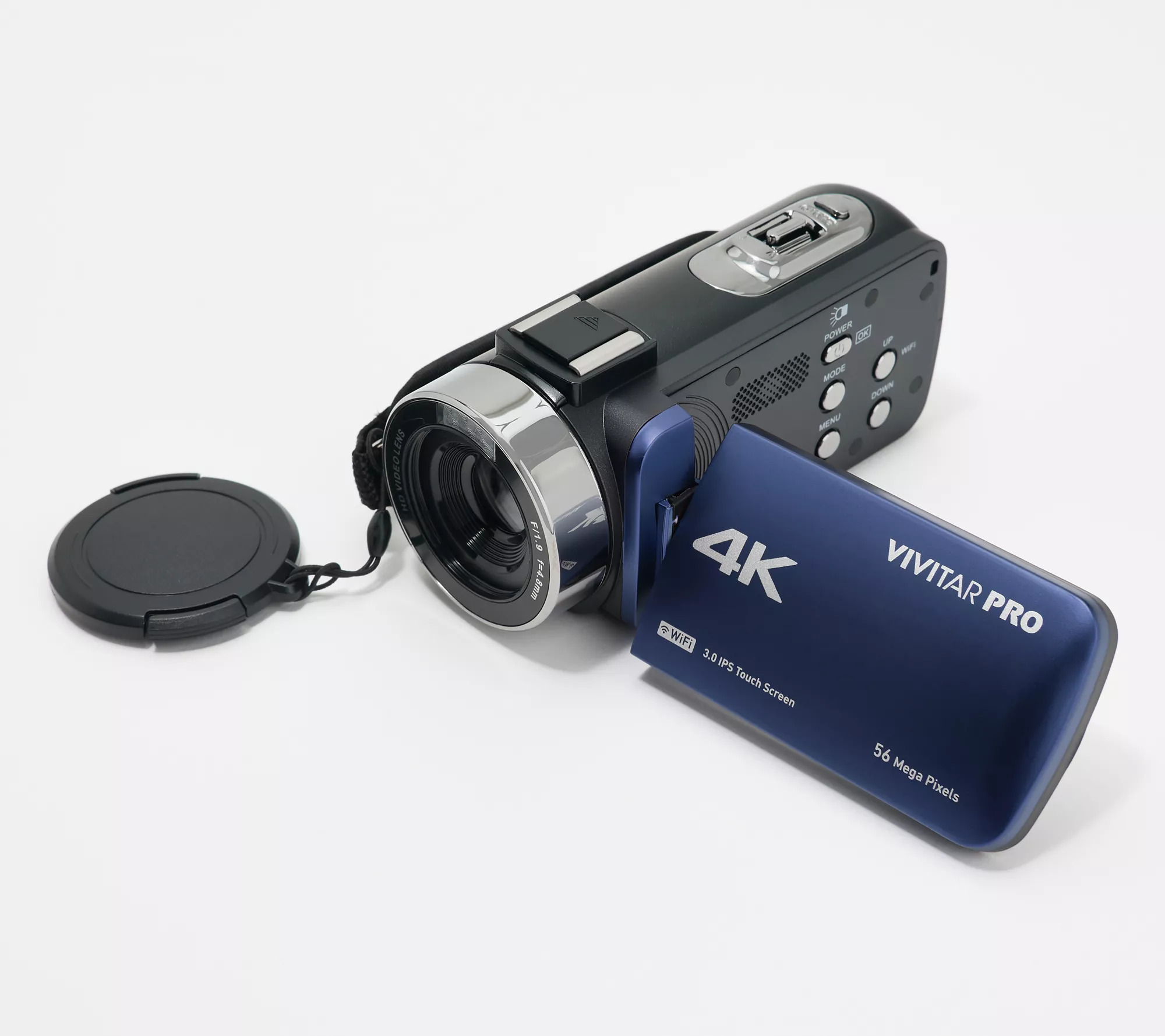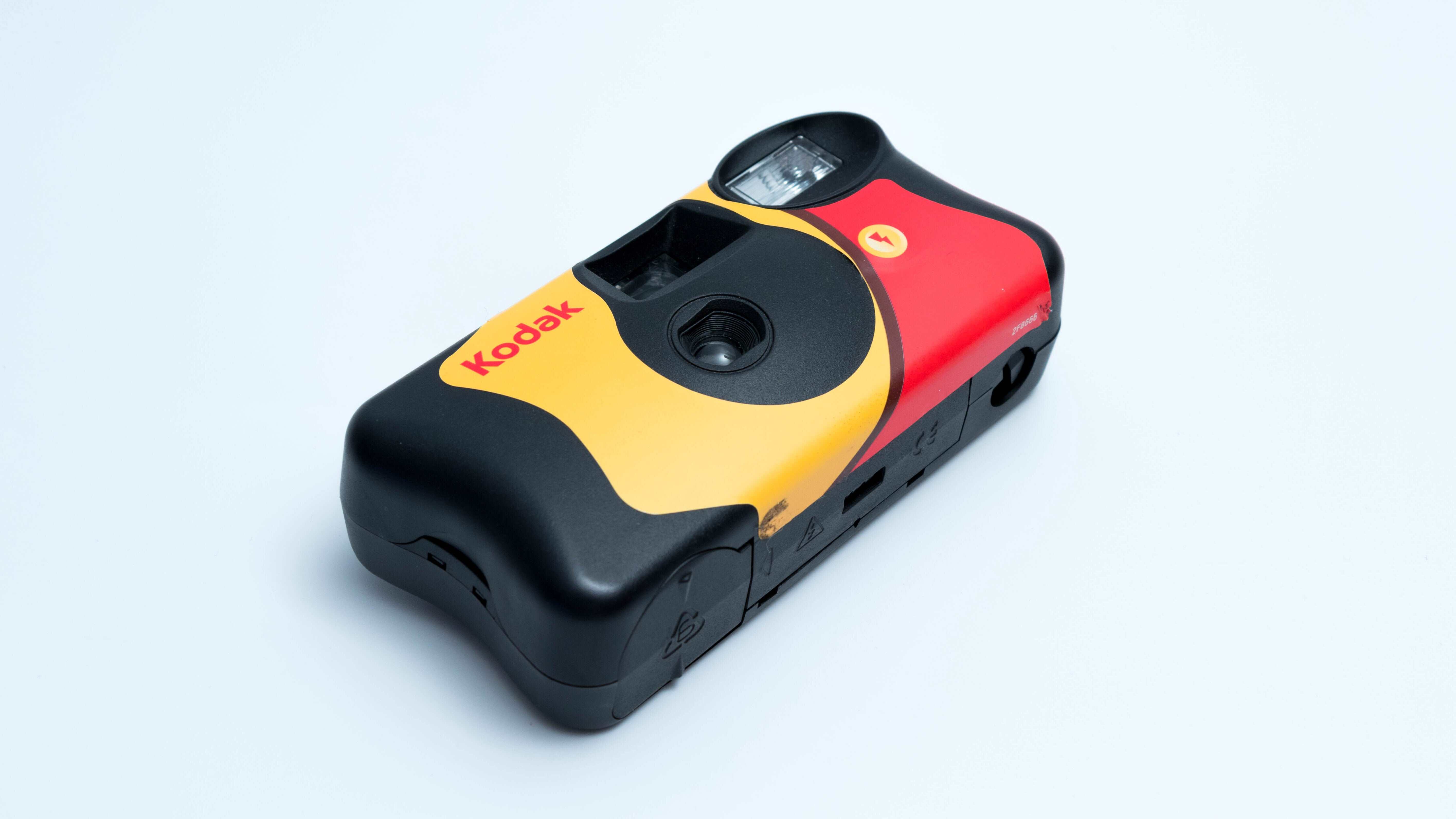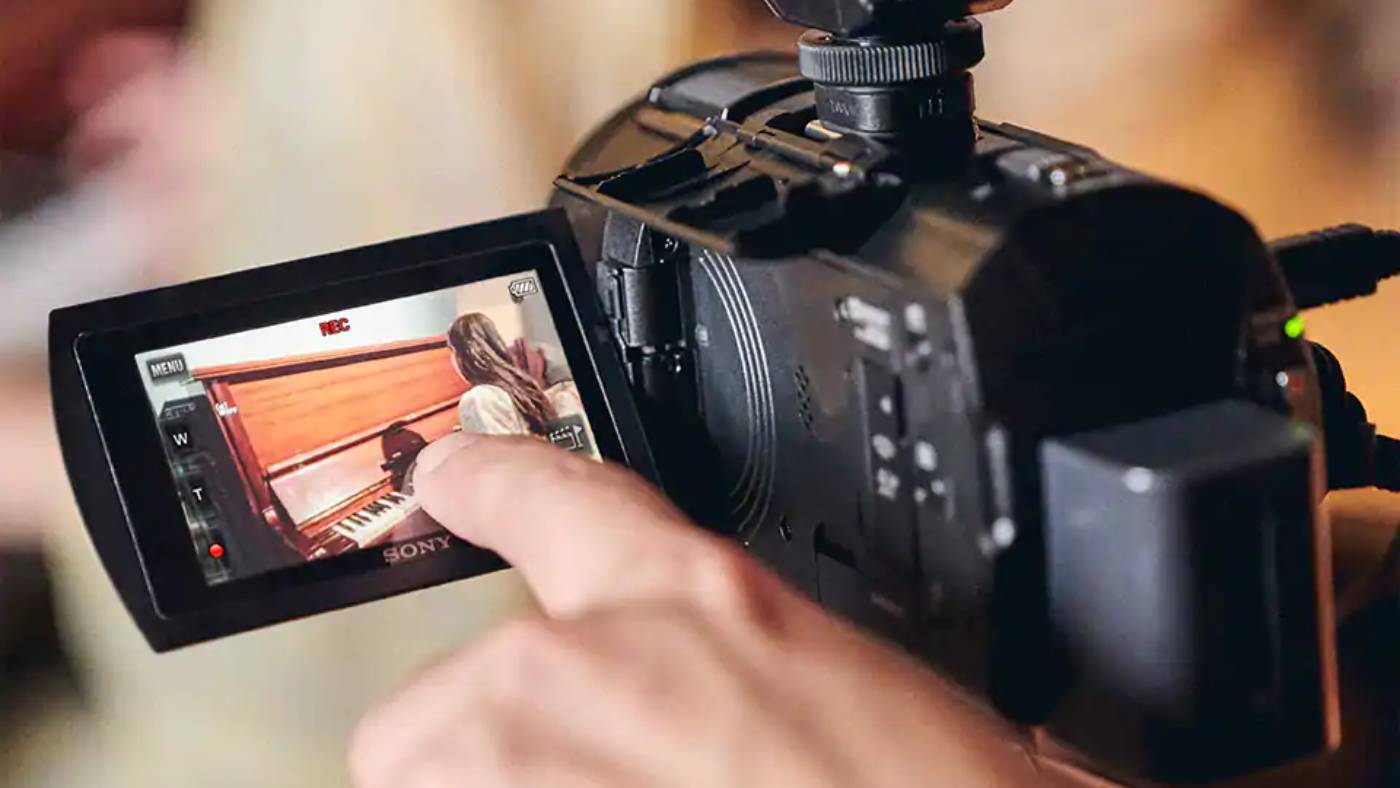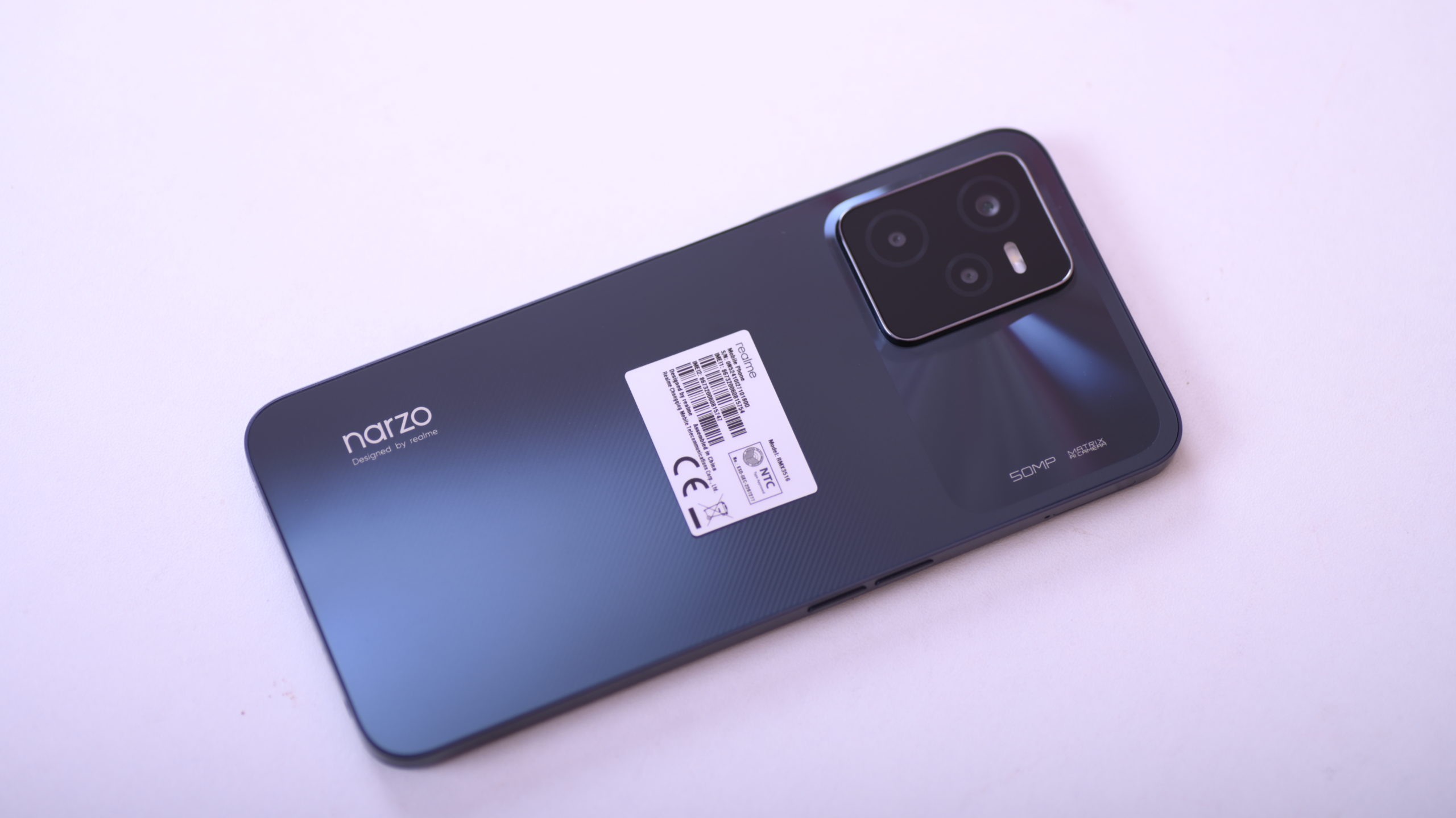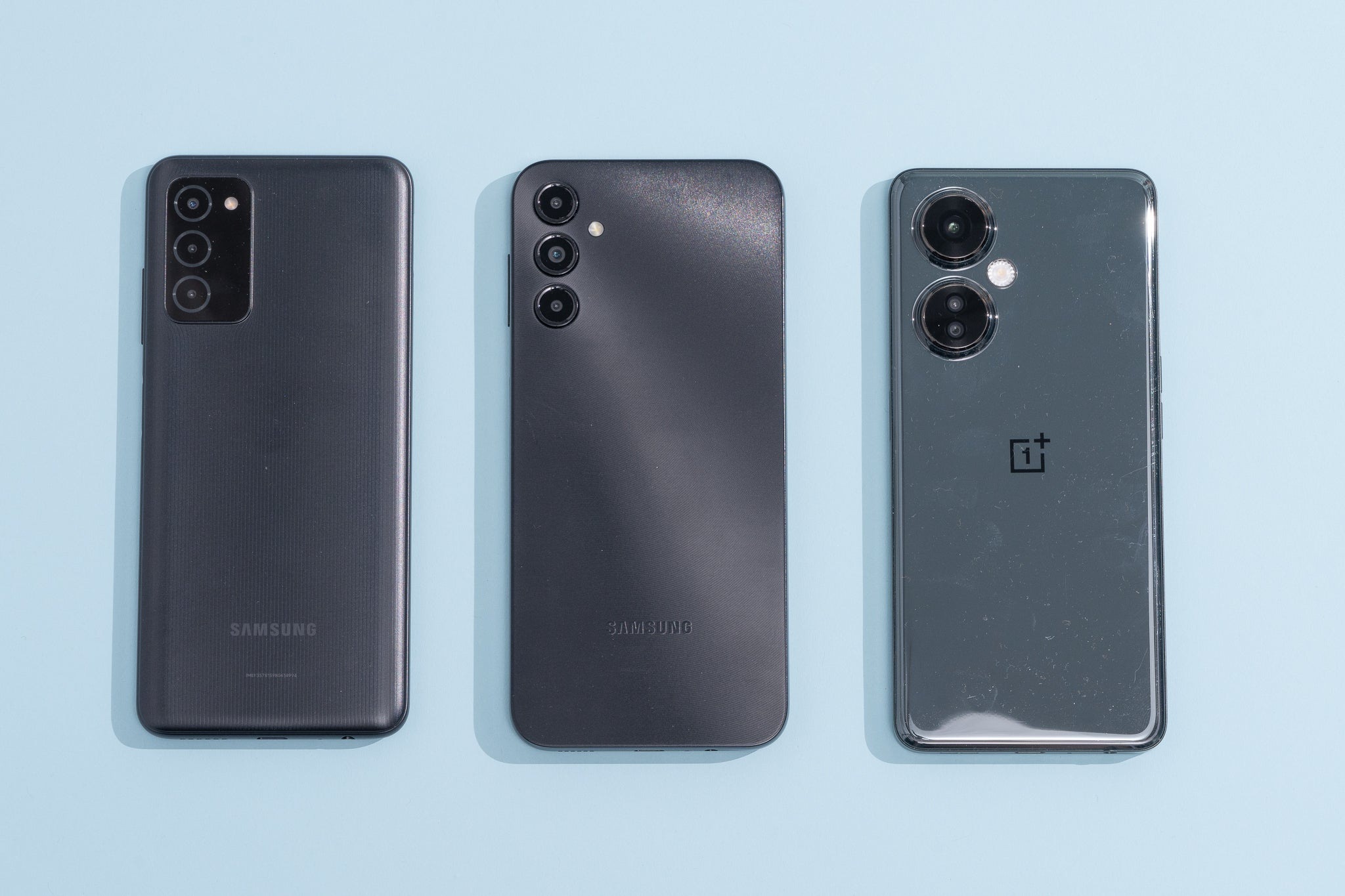Introduction
Welcome to the world of digital photography, where capturing special moments has become easier and more affordable than ever before. Gone are the days of expensive film rolls and limited exposure. With the advent of cheap digital cameras, anyone can now become a skilled photographer without breaking the bank.
Whether you’re a budding photographer looking to sharpen your skills or a casual user seeking a convenient way to capture memories, choosing the right cheap digital camera can be a daunting task. The market is filled with a wide variety of options, each boasting unique features and specifications.
In this article, we will explore the factors to consider when selecting a cheap digital camera. From megapixels to battery life, we will delve into the key aspects that play a crucial role in the overall performance and usability of these budget-friendly devices.
By understanding these factors, you will be able to make an informed decision and find the perfect digital camera that meets your specific needs and budget.
Factors to Consider When Choosing a Cheap Digital Camera
When it comes to selecting a cheap digital camera, there are several key factors to keep in mind. Understanding these factors will help you narrow down your options and make an informed decision. Let’s take a closer look at them:
- Megapixels: One of the most commonly advertised features of a digital camera is the number of megapixels. While higher megapixels generally result in better image quality, it’s important to remember that more isn’t always better. For casual photography and social media sharing, 8-12 megapixels are typically sufficient.
- Optical Zoom vs. Digital Zoom: Zoom capability is an essential consideration for capturing distant subjects. Optical zoom uses the camera’s lens to physically zoom in, resulting in higher image quality. On the other hand, digital zoom enlarges the image digitally, which can lead to pixelation. Prioritize cameras with higher optical zoom capabilities.
- Size and Weight: If you plan on taking your camera with you on travels or everyday outings, consider its size and weight. A compact and lightweight camera is more convenient to carry around and won’t weigh you down.
- Battery Life: Nothing is more frustrating than running out of battery during an important moment. Look for a camera with good battery life that can handle extended photo sessions without frequent recharging or battery changes.
- Low Light Performance: A camera’s ability to capture clear and vibrant images in low light conditions is crucial. Look for cameras with larger image sensors and wider aperture lenses for improved low light performance.
- Connectivity Options: In today’s digital age, the ability to share your photos easily is essential. Ensure that the camera has built-in Wi-Fi or Bluetooth capabilities for seamless transfer of photos to your smartphone or computer.
- Image Stabilization: With shaky hands or fast-moving subjects, image stabilization can make a significant difference in the sharpness and quality of your photos. Look for cameras with optical or electronic image stabilization to reduce blur in your shots.
- Beginner-Friendly Features: If you’re new to photography, having user-friendly features can help you learn and improve your skills. Look for cameras with scene modes, automatic settings, and in-camera guides to assist you in capturing great photos.
By considering these factors and determining which ones are most important to you, you can find a cheap digital camera that meets your specific needs and helps you capture incredible moments without breaking the bank.
Megapixels: How Many Do You Really Need?
When shopping for a cheap digital camera, you will often come across the term “megapixels.” But what does it actually mean, and how many megapixels do you really need?
Megapixels refer to the resolution of the camera’s image sensor, indicating the number of pixels it can capture. The general belief is that more megapixels equate to better image quality. While this is partially true, it’s essential to understand that higher megapixels don’t always guarantee superior results.
For casual photography and sharing on social media platforms, a camera with 8 to 12 megapixels is usually sufficient. This range allows you to capture clear and detailed images that look great on digital screens. Higher megapixel counts, such as 16 or 20 megapixels, are more suited for professional photography or if you plan on printing large-sized photos.
It’s important to note that increasing the megapixel count can have some drawbacks. More megapixels require a larger image sensor, which can lead to increased noise levels in low light situations. Additionally, higher resolution images take up more storage space on memory cards and computers.
When considering megapixels, it’s crucial to also factor in other elements that contribute to image quality, such as lens quality, image processing capabilities, and sensor size. A camera with a larger image sensor and better lens may produce better overall image quality, even with a lower megapixel count.
Ultimately, the number of megapixels you need depends on your specific needs and how you plan to use your camera. If your primary focus is sharing photos online or printing standard-sized photos, a camera with 8 to 12 megapixels will serve you well. However, if you anticipate larger prints or have professional aspirations, opting for a higher megapixel count may be beneficial.
Remember, it’s the combination of various features and factors that result in excellent image quality, so prioritize a well-rounded camera over sheer megapixel count alone.
Optical Zoom vs. Digital Zoom: Understanding the Difference
When it comes to capturing distant subjects, zoom capability is an essential feature to consider when choosing a cheap digital camera. However, it’s important to understand the difference between optical zoom and digital zoom to make an informed decision.
Optical zoom refers to the camera’s ability to physically adjust the focal length of its lens, allowing you to zoom in on a subject without sacrificing image quality. It achieves this by magnifying the incoming light, resulting in a clear and detailed image. The zoom range of a camera is often expressed in terms of “x” (e.g., 3x, 5x, 10x), indicating how many times the lens can magnify the subject.
Digital zoom, on the other hand, is a more software-based feature. It crops and enlarges the image digitally after it is captured by the camera’s image sensor. While digital zoom can make a subject appear closer, it does not provide the same level of clarity and detail as optical zoom. In fact, using digital zoom can often result in pixelated and blurry images.
When choosing a cheap digital camera, it’s best to prioritize the optical zoom capabilities. A higher optical zoom range allows you to get closer to the subject without compromising image quality. This is particularly useful for capturing wildlife, sports events, or other situations where you can’t physically get close to the subject.
While some cameras offer a combination of optical zoom and digital zoom, it’s best to avoid relying heavily on digital zoom. If a camera advertises a high digital zoom range, such as 30x or 50x, it’s important to note that the image quality may significantly degrade when using such high levels of digital zoom.
In summary, optical zoom is the preferred choice when it comes to capturing clear and detailed images of distant subjects. Digital zoom can be useful in certain situations where a slight zoom is needed, but it is generally best to avoid relying on it too heavily. Consider the optical zoom range of a camera when making your purchase to ensure you get the best results for your photography needs.
Size and Weight: Finding the Right Balance
When choosing a cheap digital camera, size and weight are important factors to consider. Finding the right balance between portability and usability can greatly enhance your overall experience with the camera.
A compact and lightweight camera is ideal for those who are always on the go or enjoy traveling. It is easier to carry around and doesn’t add much weight to your bag. With a smaller size, it can fit into pockets or small compartments, ensuring that you can have it readily available for capturing spontaneous moments.
On the other hand, larger cameras often offer more advanced features and better image quality. They may have larger sensors, which can result in improved low-light performance and finer details in photos. Additionally, larger cameras may have a more comfortable grip, making them easier to handle for extended periods of time.
The key is to find a size and weight that suits your specific needs and shooting preferences. Consider how and where you plan to use the camera. If you’re primarily capturing everyday moments or casual outings, a compact camera may be the better choice. However, if you have a passion for photography and are willing to carry a slightly larger camera, you may benefit from the additional features and image quality offered by a larger camera.
It’s also worth noting that camera size and weight can impact the available controls and ergonomics. Smaller cameras may have limited space for physical buttons or dials, which can affect the ease of adjusting settings. Larger cameras, on the other hand, may offer more manual controls and a better overall user experience.
Ultimately, finding the right balance between size and weight is a personal preference. Consider your shooting style, the environments you will be in, and how you plan to use the camera. Take the cameras for a test run if possible, to get a sense of how they feel in your hands and how comfortable they are to carry. By finding the right balance, you can ensure that your cheap digital camera fits seamlessly into your lifestyle and allows you to capture stunning photos with ease.
Battery Life: The Importance of a Long-lasting Camera
One of the key factors to consider when choosing a cheap digital camera is its battery life. After all, there’s nothing more frustrating than running out of battery right in the middle of an important photo opportunity.
A long-lasting camera battery ensures that you can fully enjoy your photography experience without constantly worrying about finding a charging point or carrying spare batteries. It allows you to capture more shots, record videos, and experiment with different settings without interruption.
The battery life of a camera can vary greatly depending on various factors such as the camera’s features, usage patterns, and shooting conditions. Some cameras offer exceptional battery life and can last for hundreds of shots on a single charge, while others may require more frequent charging.
When comparing the battery life of different cameras, it’s important to consider the type of battery used. Generally, cameras with rechargeable lithium-ion batteries tend to have better battery life compared to cameras that use AA or AAA batteries. Lithium-ion batteries offer higher capacity and energy efficiency, allowing you to capture more photos before needing a recharge.
To ensure that your camera’s battery lasts as long as possible, consider the following tips:
- Turn off unnecessary features and settings when not in use, such as Wi-Fi or GPS, as they can drain the battery faster.
- Avoid constantly using the camera’s LCD screen to review photos, as this consumes a significant amount of power. Instead, rely on the optical viewfinder whenever possible.
- Carry spare fully charged batteries or a portable power bank for extended outings or trips where access to charging facilities may be limited.
- Be mindful of extreme temperature conditions, as both very high and very low temperatures can negatively impact battery performance. Keep the camera and batteries in suitable environments to maximize their longevity.
By paying attention to battery life and considering these tips, you can ensure that your cheap digital camera never lets you down when it comes to capturing those special moments. Whether you’re traveling, attending events, or simply enjoying everyday photography, a long-lasting battery will greatly enhance your overall experience.
Low Light Performance: Capturing Beautiful Moments in Any Lighting Condition
When it comes to photography, light plays a crucial role in capturing stunning and memorable images. The ability of a camera to perform well in low light conditions is an essential factor to consider when choosing a cheap digital camera.
In low light situations, such as indoors, dusk, or night photography, the amount of available light is limited. This can result in photos that are grainy, blurry, or lack detail. However, some cameras excel at capturing beautiful moments even in challenging lighting conditions.
One of the key factors that contribute to a camera’s low light performance is the size of its image sensor. Generally, larger image sensors are more sensitive to light and can capture more details, resulting in better image quality in low light situations. Full-frame and APS-C sensors are known for their superior performance in low light, while smaller sensors, such as those found in compact cameras or smartphones, may struggle in such conditions.
Another crucial aspect to consider is the lens quality and its maximum aperture. A lens with a wider maximum aperture, indicated by a lower f-stop number (e.g., f/1.8), allows more light to enter the camera, enhancing its low light capabilities. Such lenses are often referred to as “fast” lenses and are highly sought after for their ability to produce sharp and well-exposed images in low light.
Image stabilization is also vital for low light photography. When capturing photos in dimly lit environments, longer exposure times are often required. This can lead to camera shake, resulting in blurred images. Cameras equipped with optical or electronic image stabilization help to counteract these movements, ensuring sharp and clear photos even at slower shutter speeds.
It’s important to note that while some cheaper cameras may struggle in low light compared to their more expensive counterparts, advancements in technology have made it possible to find budget-friendly options that still perform admirably in challenging lighting conditions. Reading reviews and researching the low light capabilities of different camera models can help you make an informed decision.
Ultimately, a camera with good low light performance allows you to capture beautiful and memorable moments, regardless of the lighting conditions. Whether you’re capturing candlelit dinners, nightscapes, or indoor events, having a camera that excels in low light will ensure that your photos turn out as vibrant and captivating as you envision them.
Connectivity Options: Sharing Your Photos with Ease
In today’s digital age, the ability to easily share your photos is an essential consideration when choosing a cheap digital camera. Connectivity options play a vital role in making the process of transferring and sharing your images quick and hassle-free.
Gone are the days of manually connecting your camera to a computer using cables or removing memory cards to transfer files. With the advent of built-in Wi-Fi and Bluetooth capabilities in digital cameras, sharing your photos has never been easier.
Wi-Fi connectivity allows you to wirelessly transfer your photos from your camera to your smartphone, tablet, or computer. Most cameras with Wi-Fi also offer dedicated apps that enable seamless integration with your devices. With these apps, you can easily select, transfer, and share your favorite images directly to social media platforms or via email.
Bluetooth connectivity is another convenient option for sharing photos. It allows you to quickly and wirelessly transfer images to devices that are in close proximity. This feature is particularly useful when you want to share photos with friends or family who are nearby, eliminating the need for physical connections.
Some cameras also offer NFC (Near Field Communication) capabilities, which allow for quick and easy pairing with compatible devices by simply tapping them together. This can streamline the process of connecting and transferring photos, especially for those who prefer a more intuitive and effortless experience.
In addition to sharing photos wirelessly, connectivity options enable remote control functionality. You can use your smartphone as a remote control to capture group shots or creative self-portraits without having to set a timer and rush into position.
When considering a camera based on its connectivity options, be sure to check the compatibility and usability of the accompanying apps. User-friendly apps with intuitive interfaces and robust features can greatly enhance your sharing experience.
While connectivity options may not be the primary consideration for everyone, they can significantly improve your workflow and make sharing your photos a breeze. Whether you want to upload photos to social media, transfer them to your computer for editing, or quickly share them with friends and family, a camera with built-in Wi-Fi, Bluetooth, or NFC connectivity will simplify the process and ensure that your memories are easily accessible to others.
Image Stabilization: Keeping Your Shots Clear and Sharp
When it comes to capturing sharp and blur-free photos, image stabilization is a key feature to consider when choosing a cheap digital camera. Whether you’re capturing fast-moving subjects, shooting in low light, or simply dealing with shaky hands, image stabilization technology helps to keep your shots clear and sharp.
Image stabilization is particularly important in situations where camera shake can be a challenge. When shooting handheld or in dimly lit environments, even the slightest movement can result in blurry images. Image stabilization helps to counteract these movements and minimize the impact of camera shake.
There are two main types of image stabilization found in digital cameras: optical image stabilization (OIS) and electronic image stabilization (EIS).
Optical image stabilization works by using specialized lens elements or a floating lens system that physically compensates for camera shake. The lens elements move in response to motion, effectively stabilizing the image projected onto the camera’s sensor. This technology addresses both minor and larger movements, resulting in significantly sharper photos.
Electronic image stabilization, on the other hand, utilizes sensor-shift technology or digital processing to compensate for camera shake. This method detects the motion and applies corrections electronically, primarily through cropping or digital adjustments. While electronic image stabilization is generally less effective than optical stabilization, it can still provide noticeable improvements in image sharpness.
Both optical and electronic image stabilization are valuable features to have in a cheap digital camera. The type of stabilization technology can vary depending on the camera model, so it’s important to research and choose a camera that offers the type of stabilization that fits your needs.
It’s worth noting that image stabilization doesn’t completely eliminate the need for steady handholding techniques or the use of tripods in certain situations. However, it does provide an extra level of stability and flexibility, allowing you to capture sharp photos even in challenging conditions.
When considering a camera’s image stabilization capabilities, be sure to check for real-world performance reviews and test samples. This will give you a better understanding of how effectively the stabilization system works and whether it meets your specific needs.
By selecting a cheap digital camera with reliable image stabilization, you can capture sharp, clear, and blur-free photos, making your photography experience more enjoyable and ensuring that your memories are preserved with exceptional quality.
Beginner-Friendly Features: Helping You Learn and Improve
If you’re new to photography or looking to improve your skills, choosing a cheap digital camera with beginner-friendly features can greatly enhance your learning experience. These features are designed to assist beginners in understanding and navigating the world of photography, allowing them to capture better images and build a strong foundation in the art of photography.
Here are some key beginner-friendly features to consider when selecting a camera:
- Scene Modes: Scene modes are pre-programmed settings that optimize the camera’s settings for specific shooting situations, such as landscapes, portraits, or night scenes. These modes take the guesswork out of adjusting settings manually, making it easier for beginners to capture great shots in different scenarios.
- Automatic Settings: Cameras with automatic settings adjust exposure, ISO, and other settings based on the scene and lighting conditions. This feature is perfect for beginners who may not yet be familiar with the technical aspects of photography. It allows you to focus on composition and capturing the moment without worrying about manual settings.
- In-Camera Guides: Some cameras offer built-in guides or tutorial modes that provide step-by-step instructions on various photography techniques. These guides help beginners understand concepts such as exposure, composition, and camera settings, allowing them to learn and improve their skills while using the camera.
- Easy-to-Use Controls: User-friendly interfaces, intuitive menus, and well-placed buttons and dials make navigating the camera’s settings and options much easier for beginners. The easier it is to access and adjust settings, the more enjoyable the photography experience will be.
- Wireless Connectivity: While wireless connectivity is not directly related to learning photography, it allows beginners to quickly and easily transfer their photos to smartphones, tablets, or computers for editing and sharing. This feature enables beginners to explore different editing techniques and get feedback from others, fostering growth and improvement.
When starting out in photography, having a camera with these beginner-friendly features can make a significant difference in your learning journey. They provide guidance, simplify technical aspects, and encourage experimentation, helping you hone your skills and develop your artistic vision.
As you become more comfortable and gain experience, you can gradually transition to more advanced cameras with manual controls and additional creative features. The skills and knowledge acquired through beginner-friendly features will serve as a solid foundation for your continued growth as a photographer.
Remember, photography is a journey, and having a camera that supports and empowers your learning process will undoubtedly enhance your appreciation for this beautiful art form.
Recommended Cheap Digital Cameras Under $200
If you’re on a budget but still want to enjoy the benefits of a digital camera with great features and image quality, there are several affordable options available. Here are some recommended cheap digital cameras under $200:
- Canon PowerShot SX620 HS: With a 20.2 megapixel sensor and a powerful 25x optical zoom, the PowerShot SX620 HS from Canon is an excellent option for capturing a wide range of subjects. It offers built-in Wi-Fi and NFC for easy sharing and remote shooting capabilities.
- Panasonic Lumix ZS50: The Lumix ZS50 is a compact camera that packs a punch. It features a 12.1 megapixel sensor and a 30x optical zoom lens. With its built-in electronic viewfinder and 5-axis image stabilization, this camera is great for both beginners and more advanced users.
- Nikon Coolpix B500: The Coolpix B500 boasts a 16 megapixel sensor and a 40x optical zoom lens, allowing you to capture everything from breathtaking landscapes to faraway subjects. It offers built-in Bluetooth and Wi-Fi for easy sharing and remote control from a mobile device.
- Sony Cyber-shot DSC-WX220: With an 18.2 megapixel sensor and a 10x optical zoom lens, the Cyber-shot DSC-WX220 from Sony offers great image quality in a compact size. It features built-in Wi-Fi and NFC, as well as Full HD video recording capabilities.
- Fujifilm FinePix XP140: If you’re looking for a rugged camera that can withstand various outdoor adventures, the FinePix XP140 is a great choice. It features a 16.4 megapixel sensor, a 5x optical zoom lens, and is waterproof, shockproof, freeze-proof, and dustproof.
These cameras offer a range of features, including optical zoom, image stabilization, and wireless connectivity, all within an affordable price range. They provide excellent image quality, user-friendly interfaces, and versatile shooting capabilities to suit different photography needs.
While these cameras may not have all the advanced features of high-end models, they are perfect for beginners, casual photographers, and those on a budget who still want to capture quality photos without breaking the bank.
It’s important to note that prices may vary depending on current promotions and availability. Before making a purchase, consider your specific photography needs and preferences, and read reviews to ensure that the camera meets your expectations.
With these recommended cheap digital cameras under $200, you can kickstart your photography journey and start capturing amazing photos without overspending.
Conclusion
Choosing a cheap digital camera doesn’t mean compromising on quality or functionality. With a wide range of affordable options available, you can find a camera that meets your needs and budget while still delivering great performance.
When selecting a cheap digital camera, consider factors such as megapixels, optical zoom, size and weight, battery life, low light performance, connectivity options, image stabilization, and beginner-friendly features. These factors will ensure that you choose a camera that suits your specific photography needs and helps you capture beautiful moments with ease.
Remember that megapixels alone do not guarantee better image quality. It’s the combination of various factors, including lens quality, image processing, and sensor size, that contribute to outstanding photos. Consider how you plan to use the camera, whether it’s for casual photography, learning and improving your skills, or capturing special occasions.
The recommended cheap digital cameras under $200 provide excellent value for money and cover a range of needs and preferences. Whether you prioritize zoom capabilities, wireless connectivity, ruggedness, or compactness, there is a camera available to suit your specific requirements.
As you embark on your photography journey, continue to explore and experiment with different settings, techniques, and subjects. Take advantage of the beginner-friendly features to learn and improve your skills. Capture the beauty of the world around you, and don’t forget to share your photos with others, whether it’s through social media platforms, email, or prints.
Choosing the right cheap digital camera will enhance your photography experience and allow you to preserve precious moments for years to come. So, have fun, get creative, and enjoy the wonderful world of digital photography!







